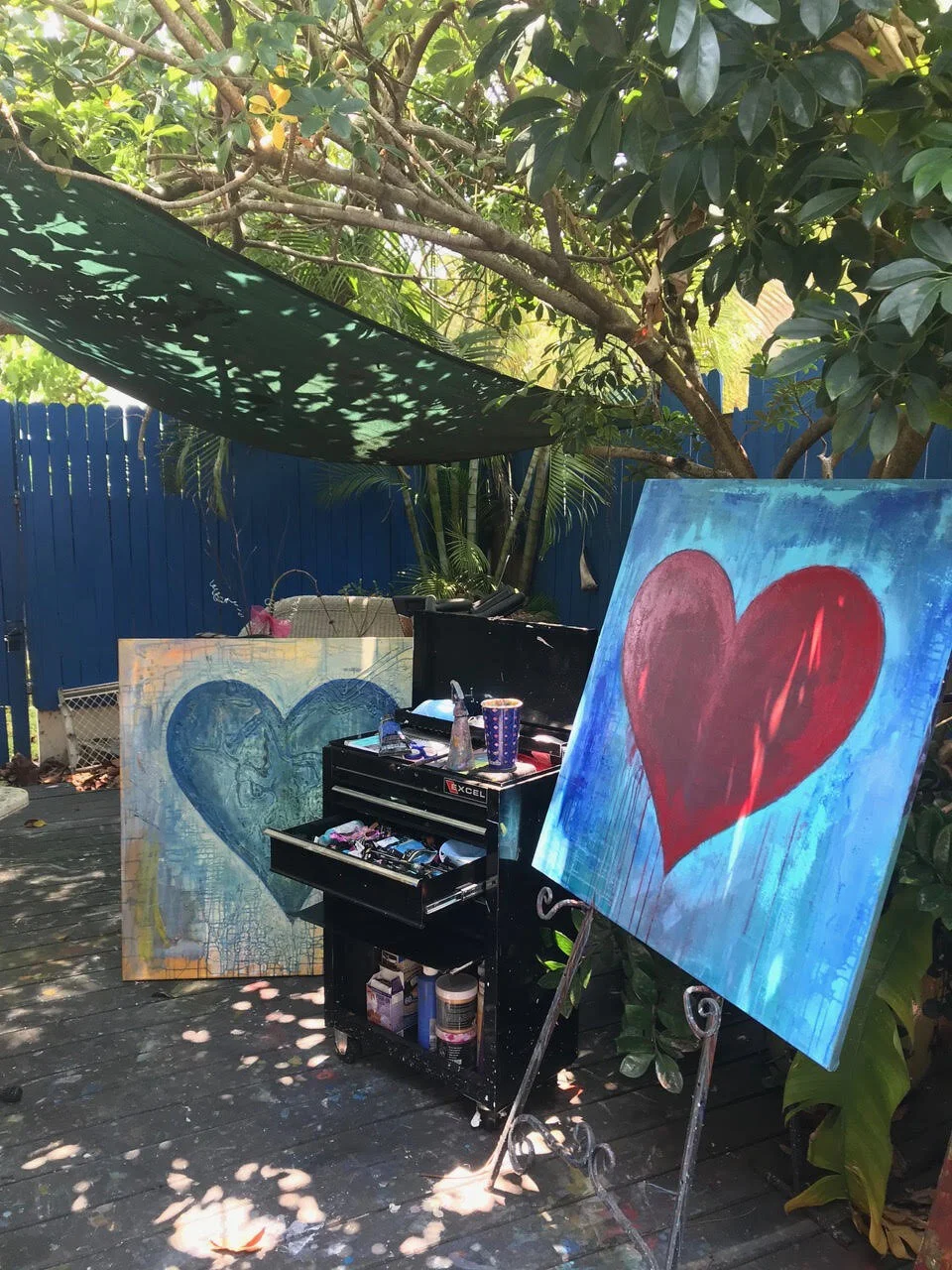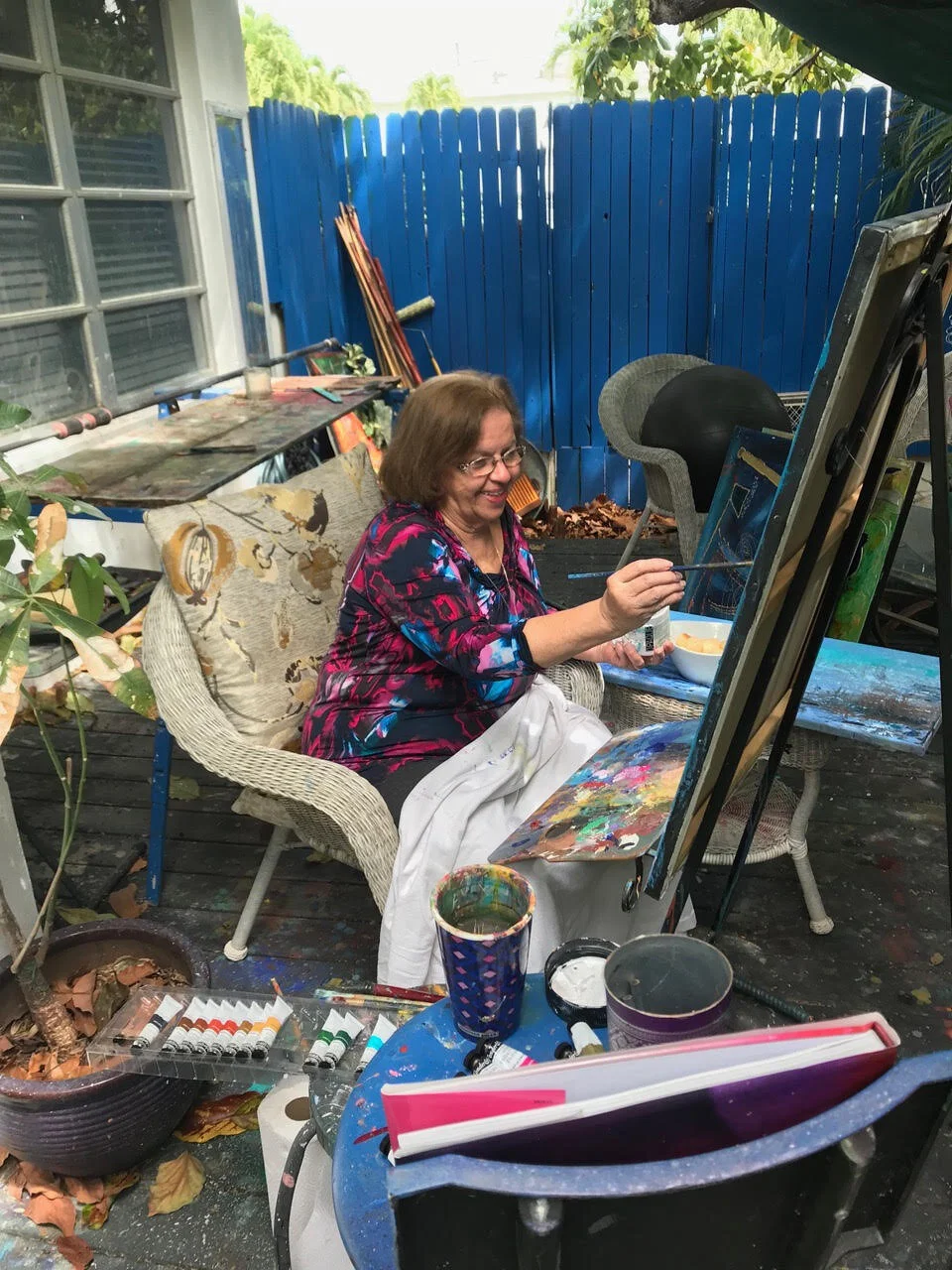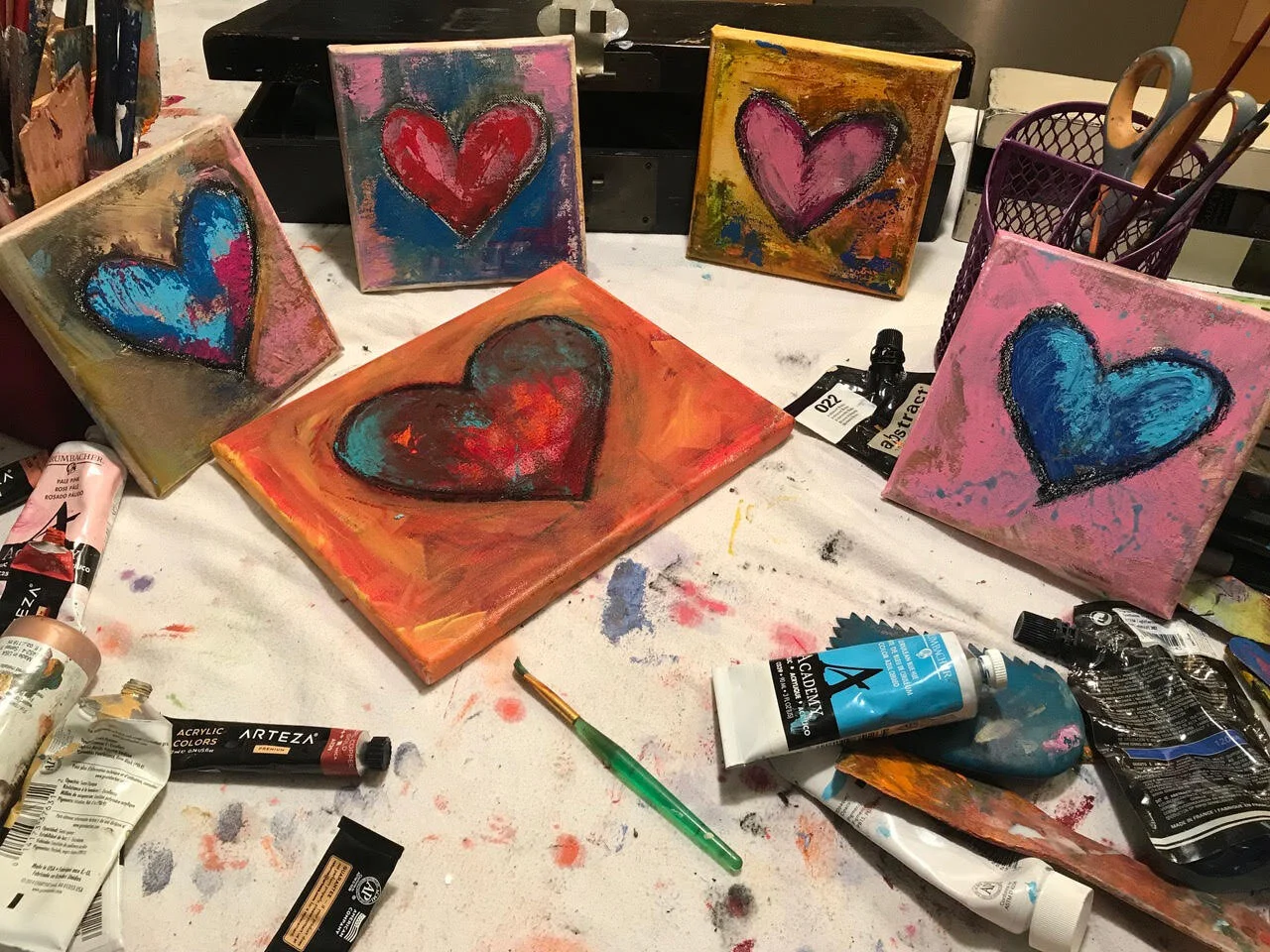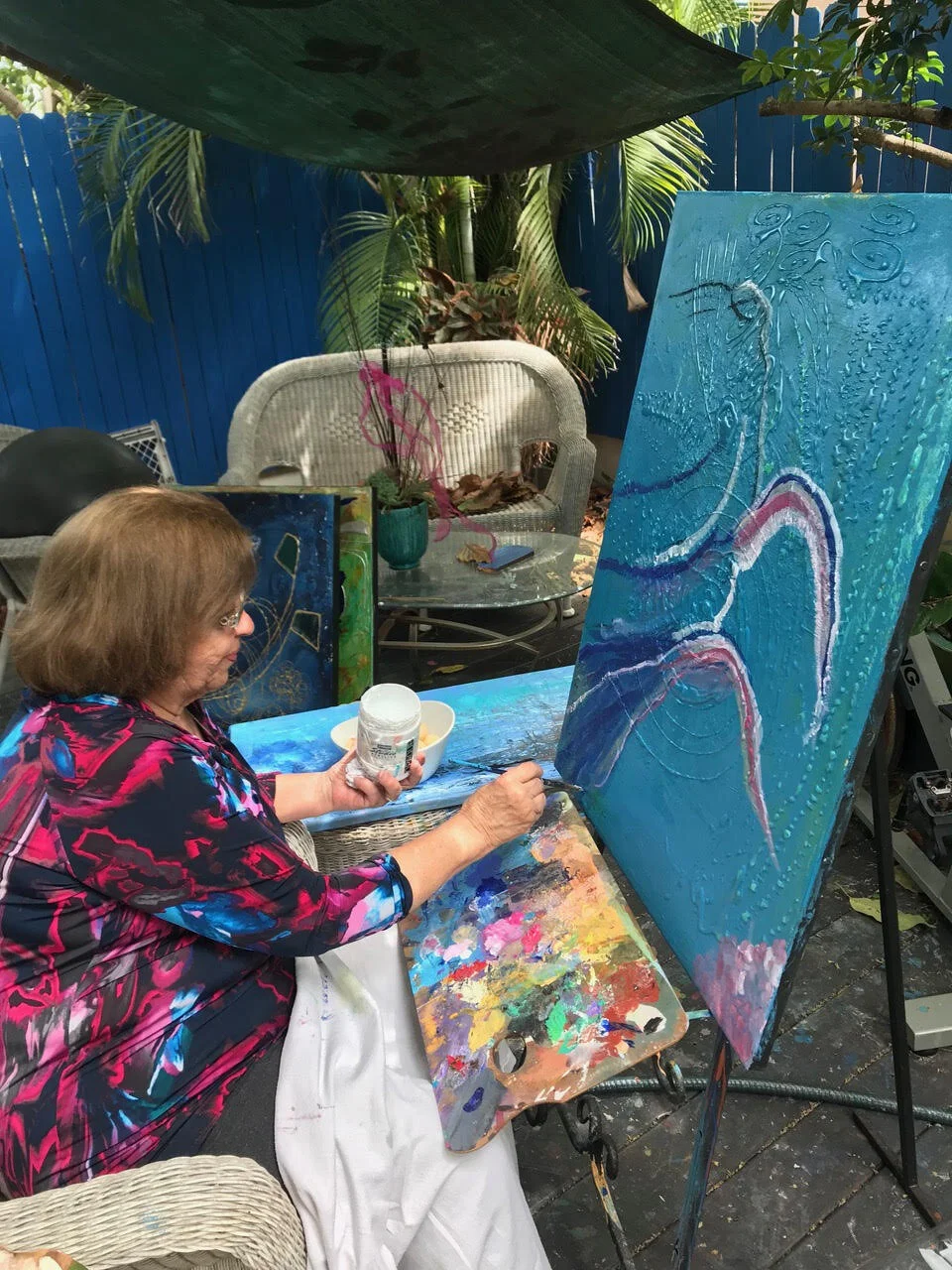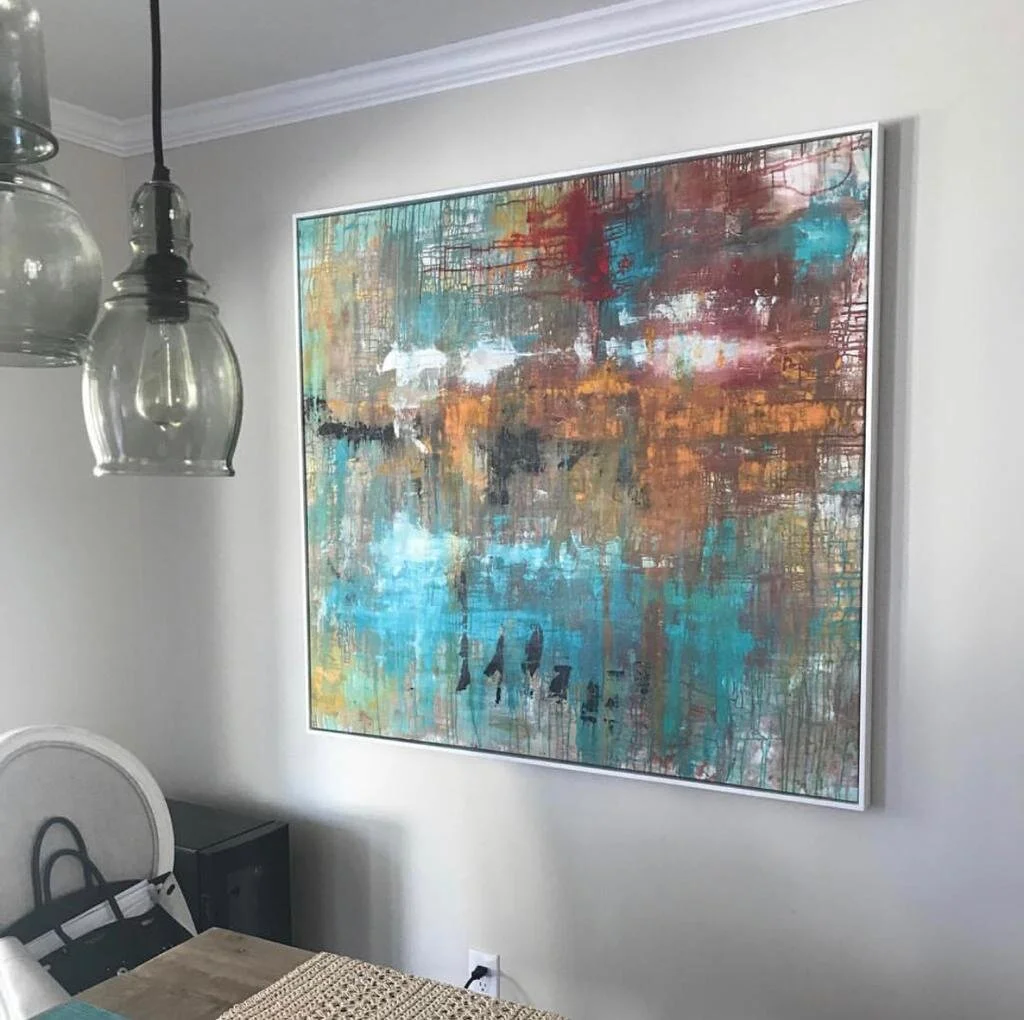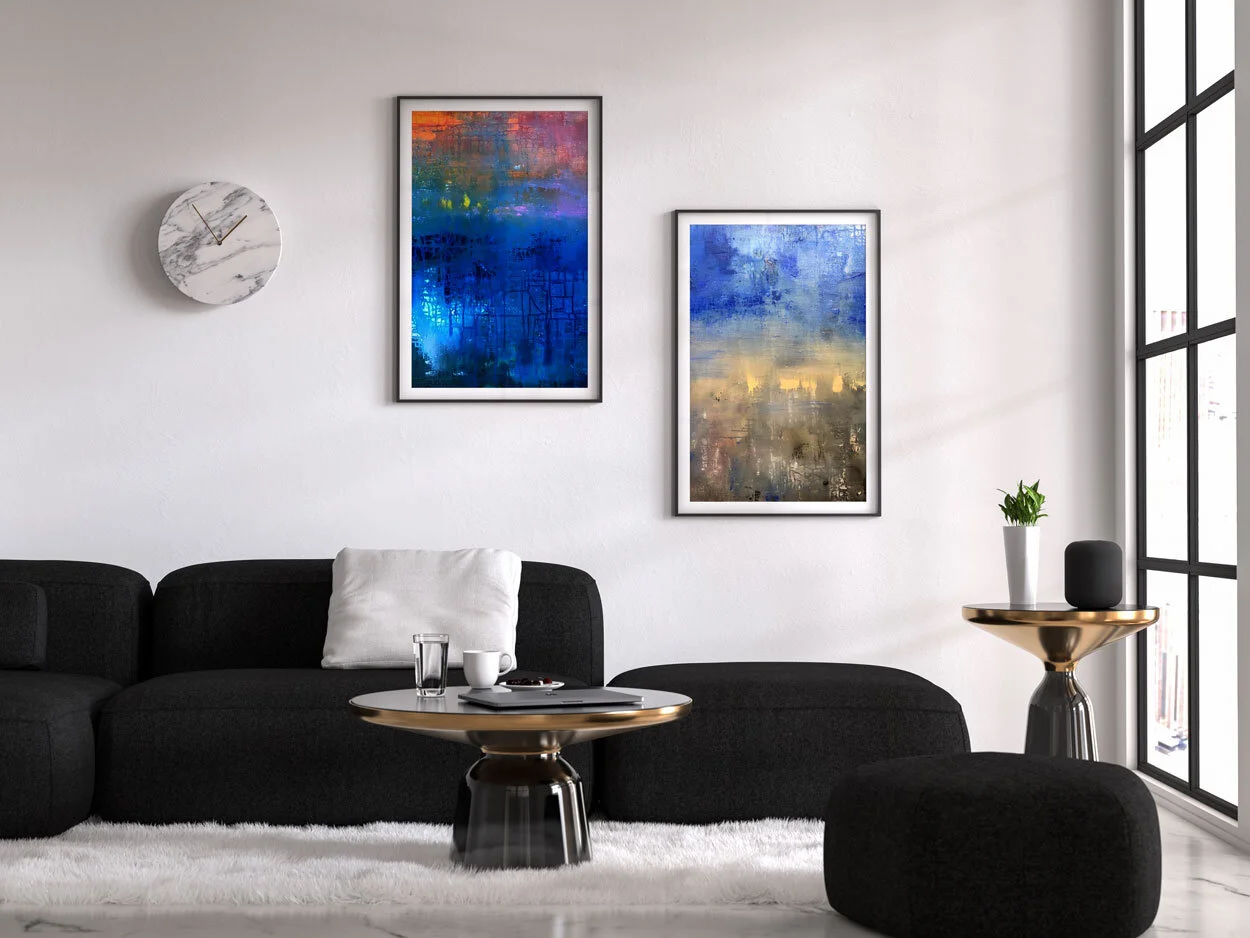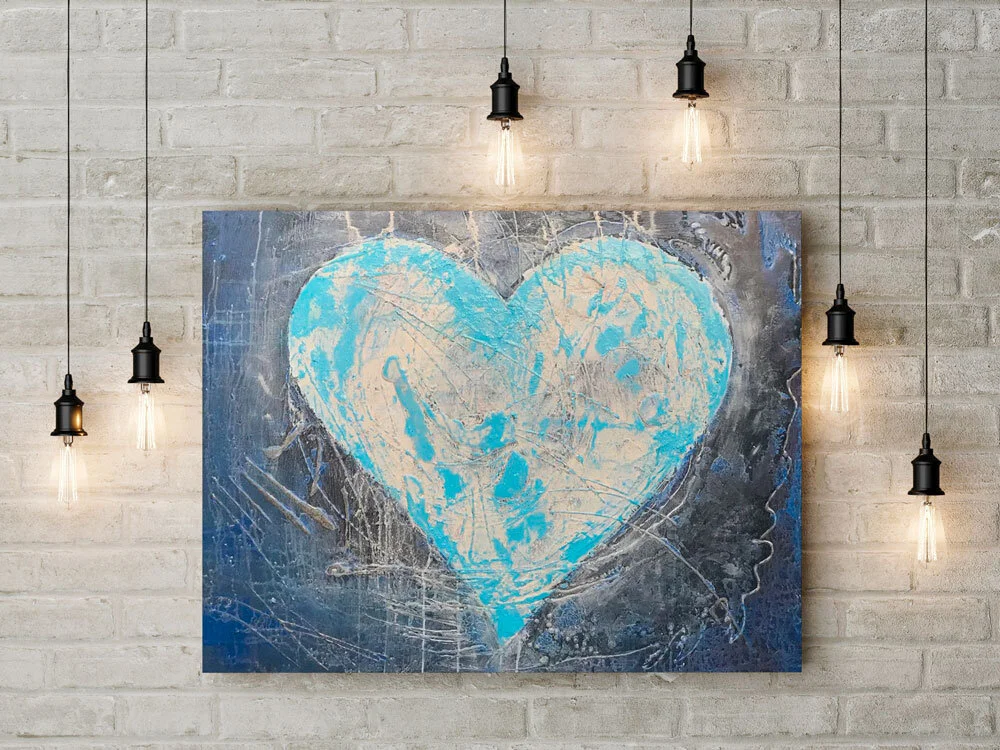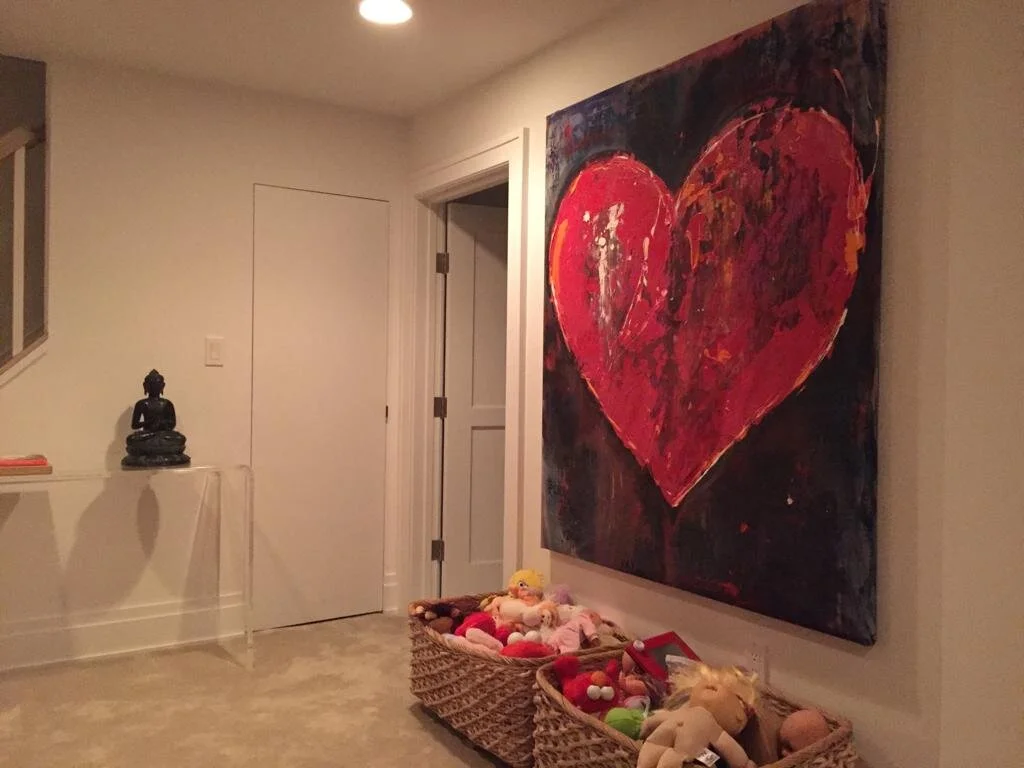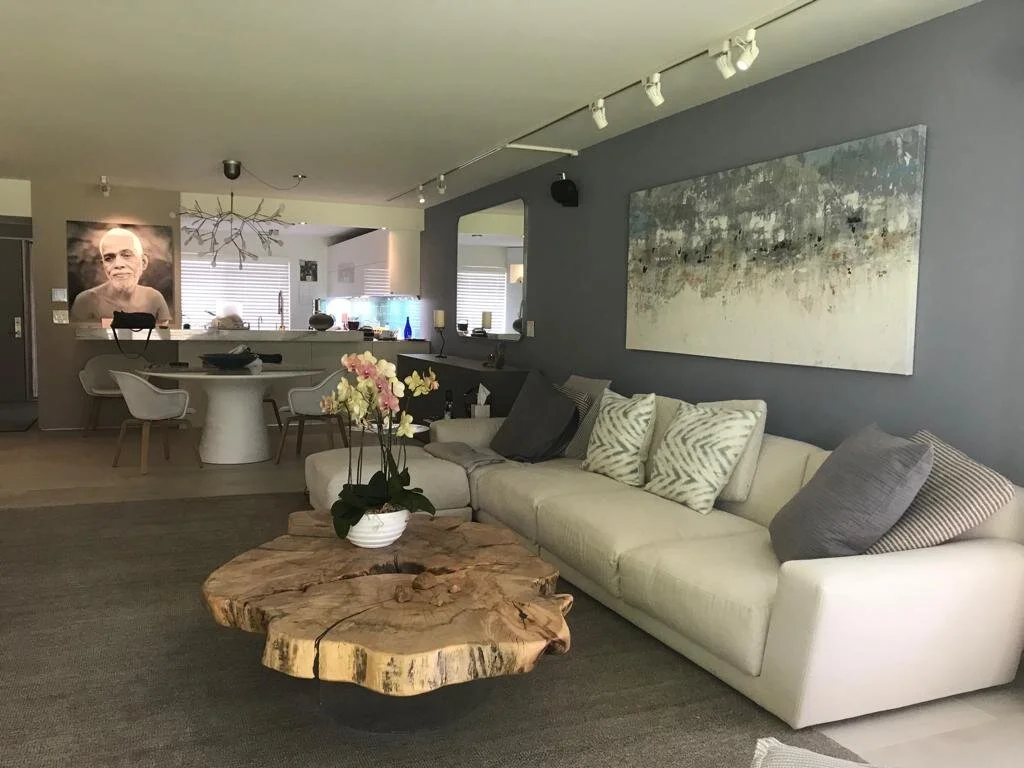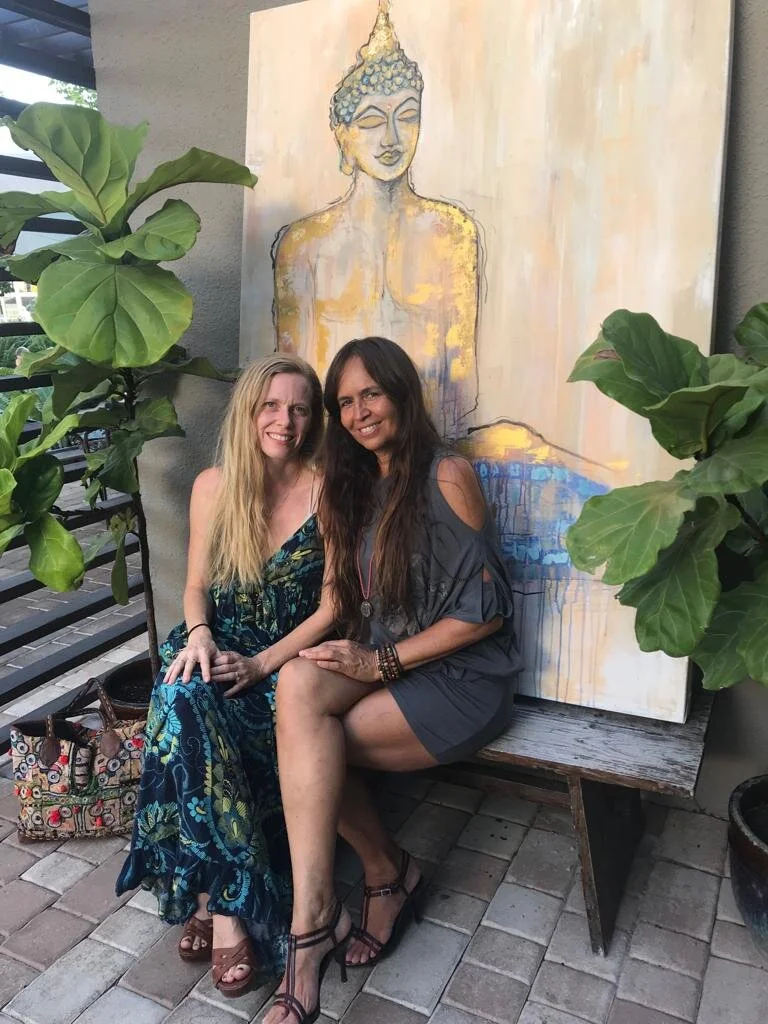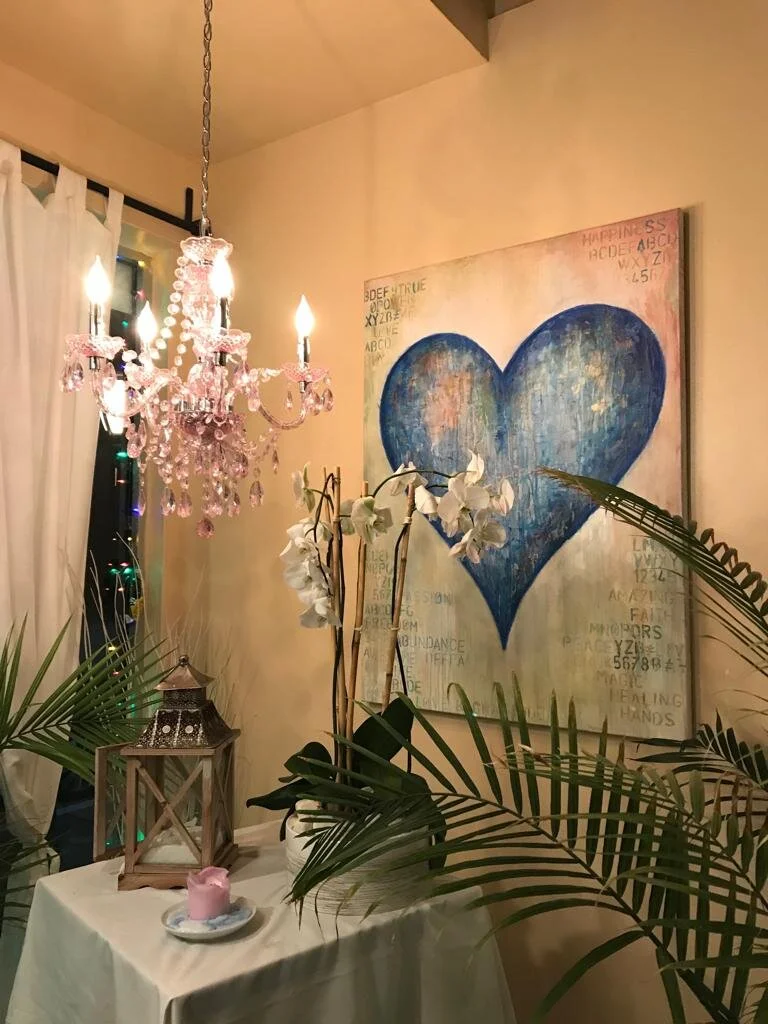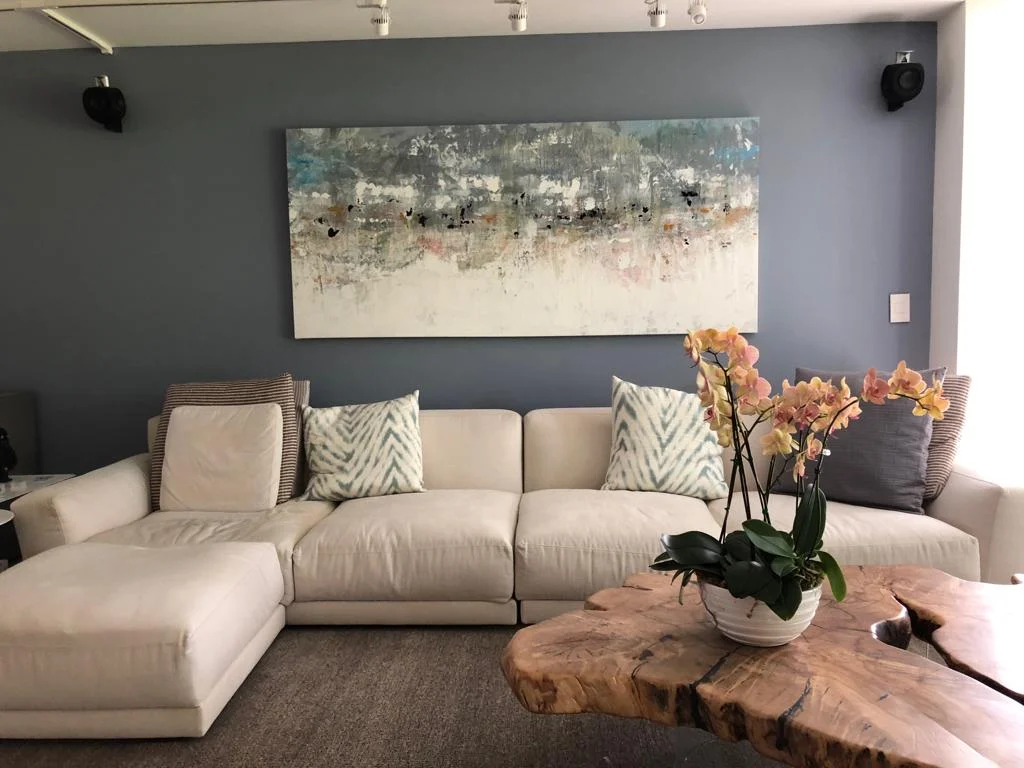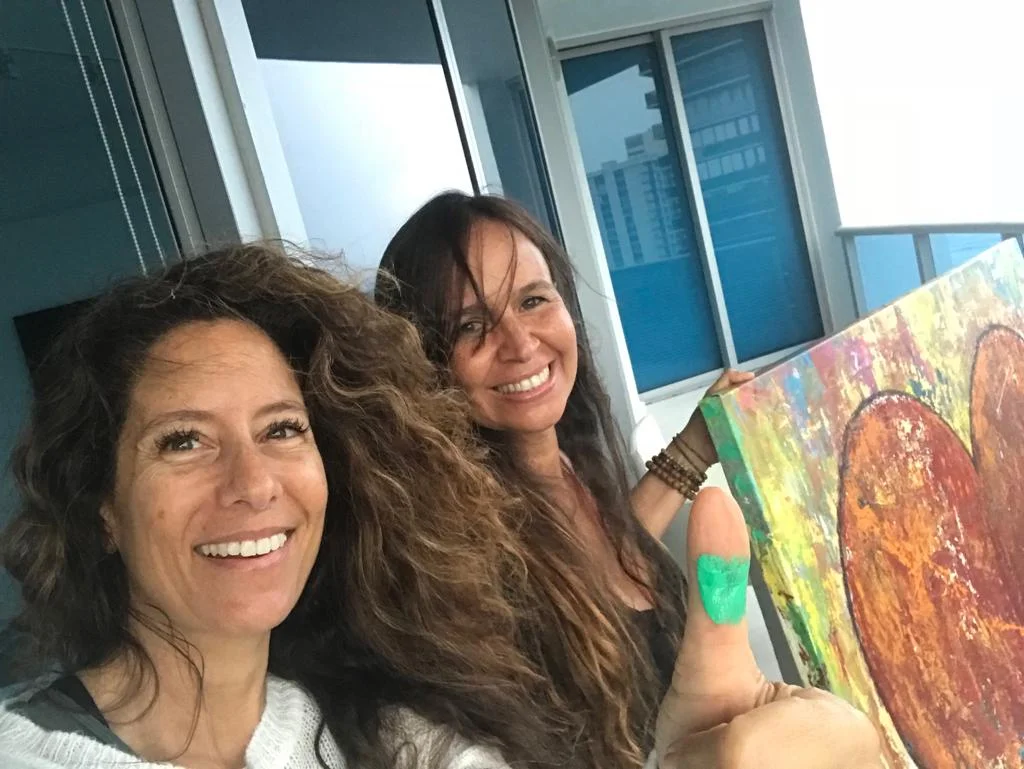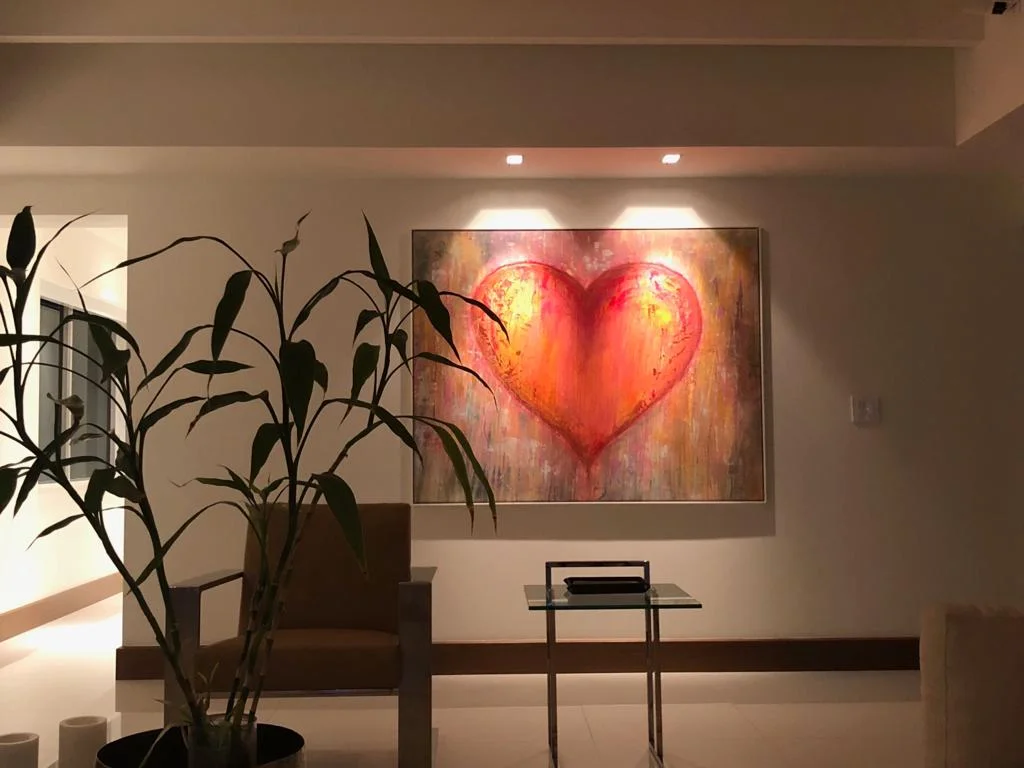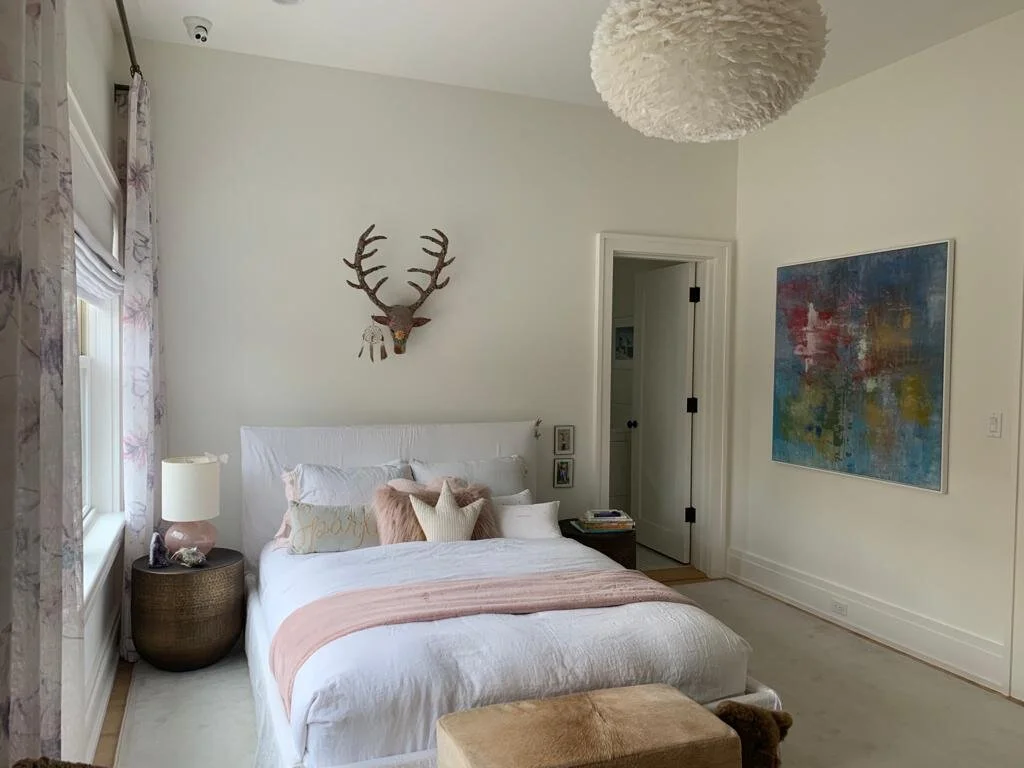The healing power of art has long been recognized by artists around the world, but it is now emerging as an evidence-based therapeutic modality for depression. By creating new avenues for self-expression, art therapy provides invaluable benefits for people struggling with even severe depressive episodes. With mounting evidence of efficacy, we are now witnessing increased integration of art therapy within depression treatment.
Depression treatment is inherently about creation. Through specialized interventions and compassionate support, you create new thoughts, emotions, and behaviors. You create an expanded capacity for joy, love, and confidence. You create a new future in which you can live harmoniously with yourself and with the world around you. Sometimes, depression treatment is also about another kind of creation: the creation of art.
Although artists of all stripes have long recognized the healing potential of artistic production, it has only been in the past few decades that art has entered into the realm of evidence-based psychotherapy. As art therapy has emerged as a legitimate field of therapeutic intervention, people struggling with depression have been given a new language of recovery, opening up possibilities for healing.
Creating Self-Expression
Depression can be a deeply painful, disorienting, and isolating experience. It robs you of your capacity for joy and removes you from that which used to sustain you. It also often silences you as you lose the ability to give voice to your suffering and communicate your pain in healthy ways. In so many ways, depression is about destruction—the destruction of your sense of self, your functionality, and the breadth of your emotions.
For people with depression, art therapy represents an opportunity to push against that destruction by immersing yourself in the process of creation. “Research has shown that art-making can have a profound impact on a person’s physical and psychological well-being,” says Marygrace Berberian, a clinical assistant professor of art therapy at New York University.
Through guided or spontaneous artistic production, you are able to experience profound benefits often not found in other therapeutic modalities, including finding means of expression that do not require verbal communication.
Cristina's painting student during class.
A mere lump of clay or a blank canvas can be far less threatening than giving voice to painful feelings, words, or images. The simple act of a scribble on paper can likely bring to light darkness, ignite conversation, or be a release for a depressing thought.
Indeed, many people in the midst of a depressive episode find that art therapy provides a line of communication—both verbal and nonverbal—that opens up conversations with themselves, clinicians, and peers. In doing so, you are able to more fully explore your thoughts and emotions and address your mental health disorder in a safe and positive way.
Additionally, art therapy allows you to achieve a sense of independence and self-sufficiency, breakthrough dysfunctional thought patterns, develop healthy coping mechanisms, achieve greater empathy, and strengthen your problem-solving skills.
Integrating Art Therapy in Depression Treatment
Despite its invaluable benefits, art therapy is not a standalone treatment. Rather, it should be incorporated within a broader range of therapeutic interventions to create a comprehensive treatment experience for people struggling with depression. “Art therapy is not the be-all and end-all for mental health challenges,” says Asa Don Brown of the Canadian Counseling and Psychotherapy Association.
Neither is art therapy an instrument that is capable of spontaneously curing, healing, correcting, restoring, or resolving an individual’s health needs; rather it is similar to a majority of psychotherapy modalities, it is an instrument that can help guide and promote psychological health and wellbeing.
If you live in Miami and are interested in having painting classes, contact me or send me an email. I'll love to guide you into the art world and help you unlock your true potential.
Cristina's painting student during class.
